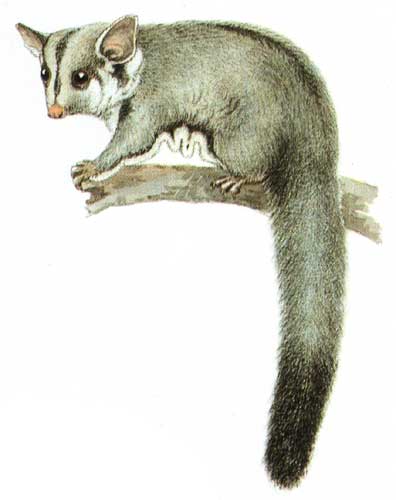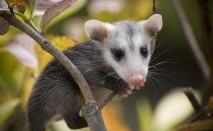
Category: Mammals

These small, arboreal marsupials are able to glide through the air, much like flying squirrels. They inhabit northern and eastern Australia, Tasmania, New Guinea, and several other nearby islands. They are named for their predilection for sugary foods, but are omnivores and can obtain nutrition from a variety of sources including insects, acacia seeds, and bird eggs.

The Opossum Ain’t Playing
Many people associate playing dead with the opossum - that’s where the term “playing opossum” comes from, after all. But something you might not know is that when an opossum feigns death, it really goes all out! Not content with merely closing its eyes and laying down, the opossum begins drooling profusely as if ill or even rabid, releases a putrid, greenish fluid from its anal glands that makes it smell like a decaying corpse, and after losing consciousness may even mimic rigor mortis! This is quite the elaborate routine, but it isn’t conscious: when an opossum plays dead, it has actually gone into shock due to stress.
Learn more >>
 Discover Animals is a web-based educational resource offered by the NAIA
Discover Animals is a web-based educational resource offered by the NAIA